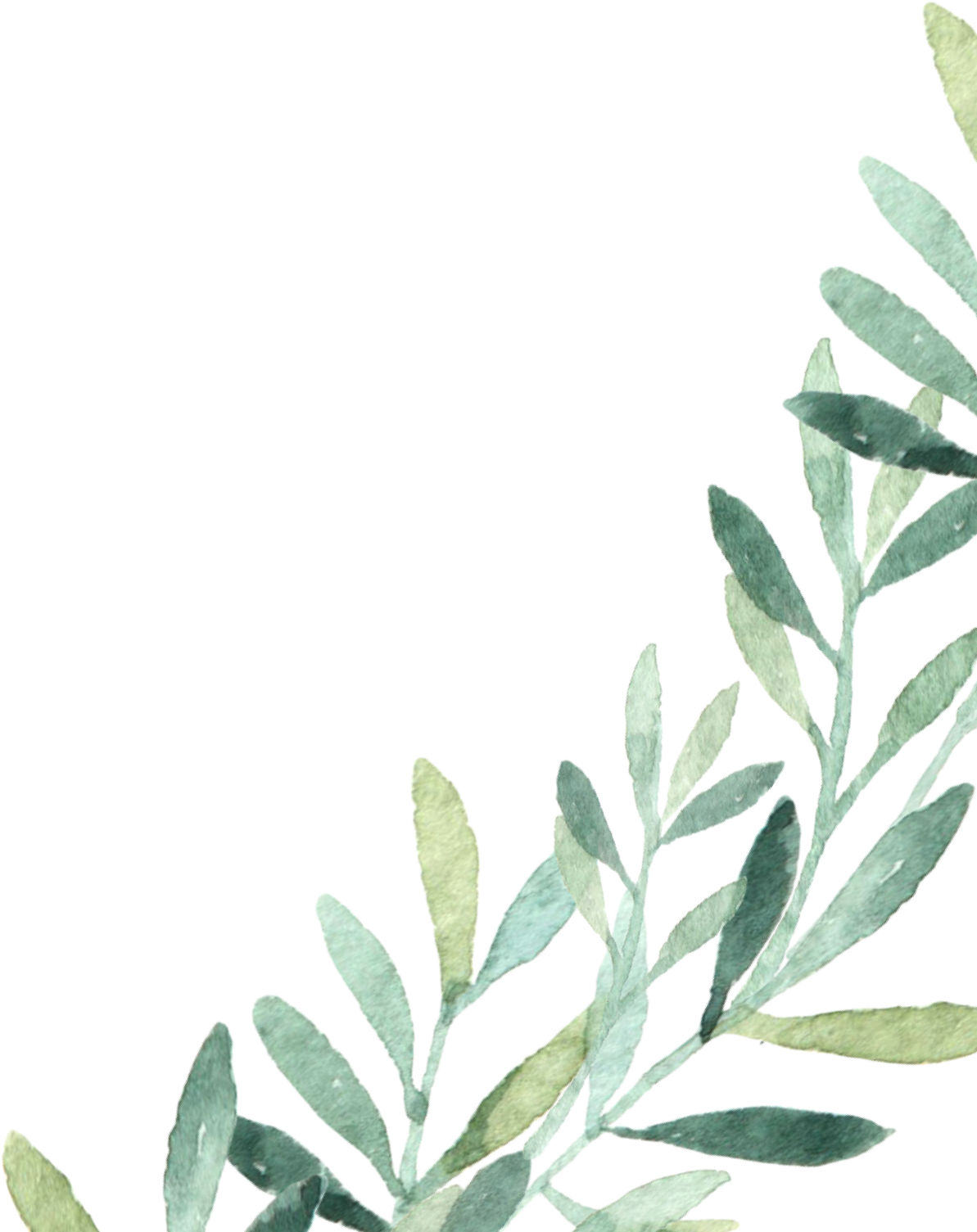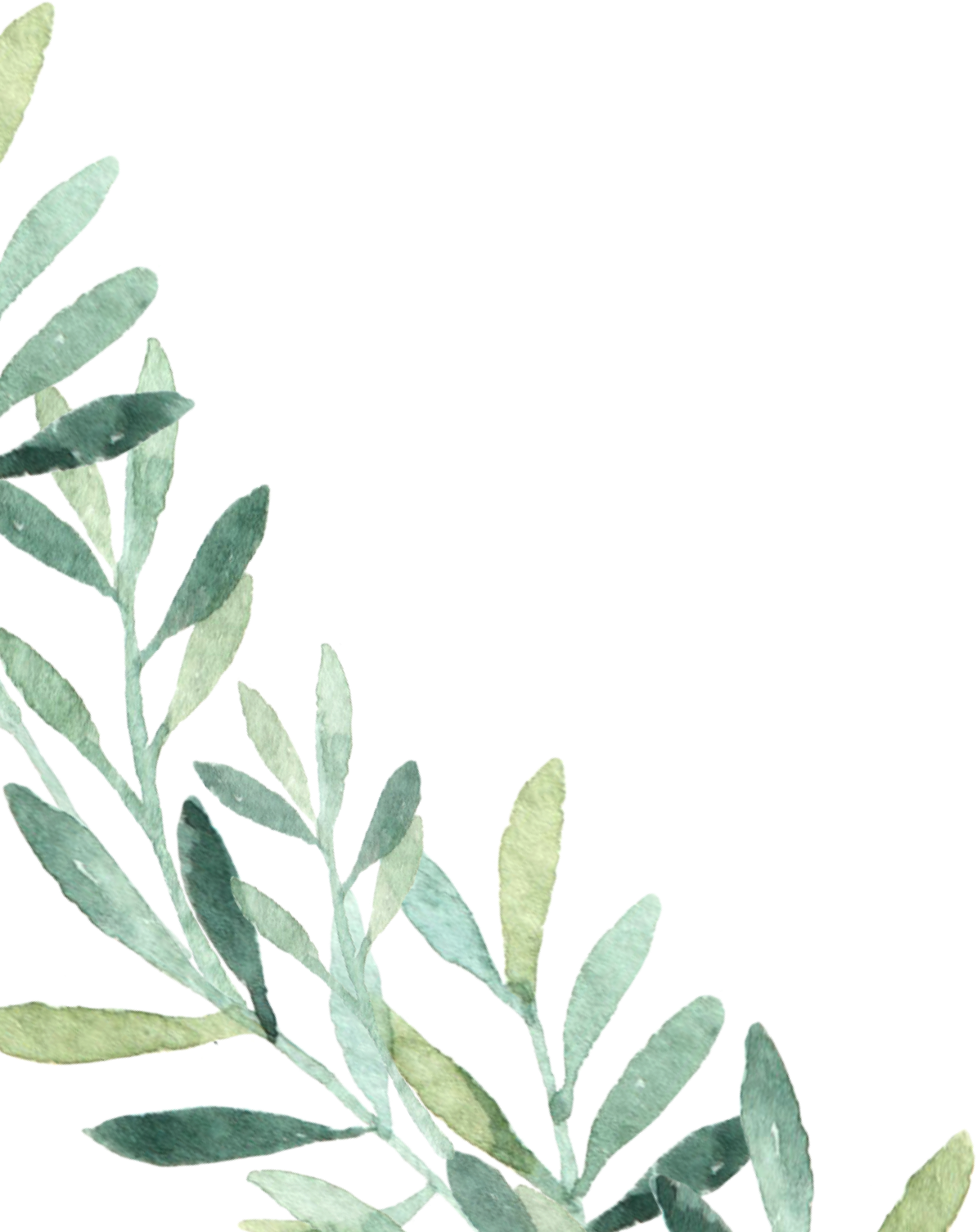Hiral & Harshal


Intinerary
Wednesday, October 9, 2019
Mehndi Night
6:00 pm
In Indian cultures, a wedding isn't just one "big day"—it's a series of celebrations occurring before and after the couple exchanges vows. Mehndi, also known as henna is an ancient form of body art, originating in India and across South Asia and the Middle East. A Mehndi party is the pre-wedding celebration in Hindu culture when the bride has the red-orange mehndi "stain" applied to her palms, back of hands, and feet. Typically held the day before the wedding, the event often has a lounge feel, with a vibrant colorful ambiance. Mehndi isn't just for style. There's a reason the party occurs so close to the ceremony: Tradition says the deeper the color of the bride's mehndi, the happier the bride and groom's marriage will be. Designs symbolize various blessings, luck, joy, and love. The groom's name is usually hidden somewhere in the intricate patterns.
Thursday, October 10, 2019
Garba Raas
7:00 pm
169 South Salem Street, Randolph, NJ 07869
Traditional
Raas-Garba is a night of energetic and playful dancing that commonly takes place before weddings. Raas and Garba are typical Gujarati folk dances that everyone can participate in.
Friday, October 11, 2019
Hiral’s Pithi
9:00 am - 1:00 pm
Traditional
Since ancient times, Pithi ceremony is celebrated both bride and bride groom home separately in Hindu wedding. This entails rubbing a paste on bride and bride groom’s face, hands and legs. The paste when rubbed on is excellent for the skin and evens out skin tone. Family members and friends often times have fun getting the bride and groom completely covered in the paste. There is a belief that if the bride or bridegroom rub this pithi on someone who is matured and unmarried, then it increase their possibility of getting married. Pithi ceremony is one of the major auspicious occasions of Hindu marriage ceremonies, Pithi has its own importance. It is a celebration of love and happiness for one who is being married. Pithi ceremony is arranged mostly before two or three days of the marriage. It is so arranged that all relatives come and prepare for the ceremony.
Harshal's Pithi
9:00 am
Traditional
Saturday, October 12, 2019
Baraat
9:00 am - 10:00 am
199 Smith Road, Parsippany-Troy Hills, NJ 07054
Traditional
In Hindu weddings the Groom is led to the marriage venue in a procession known as the Baraat. He is accompanied by family members, groomsmen, and friends known as baraatis. The use of a "Ghodi", or white horse, as transport for the Groom to the wedding venue is a common part of Indian tradition.The music during a Baraat sets the mood for the rest of the marriage event, with upbeat and exciting songs blasting as the Groom makes his way through the procession. Ever wonder what the bride is doing during all of this? Many times, the bride is secretly watching! The Bride is not included in the Baraat because it is solely to welcome the Groom and his family to the marriage site. She joins him for the Varmala, where they exchange garlands to signify the start of their marriage rituals.
Wedding Ceremony
10:00 am - 1:30 pm
199 Smith Road, Parsippany-Troy Hills, NJ 07054
Traditional
For the ceremony, the priest, groom, bride and bride's parents sit beneath a mandap (canopy). The ceremony starts off with the kanya daan, in which the bride's parents give her away. Then the couple joins hands and circles around a small, enclosed fire (the agni) in a ritual called the mangal phera. Then the couple will take the saptapadi, or seven steps, as they vow to support each other and live happily together. Finally, the groom will apply a red powder to the center of the bride's forehead and tie a black beaded necklace around her neck, symbolizing she's now a married woman.
Cocktail Hour
6:00 pm - 7:30 pm
199 Smith Road, Parsippany-Troy Hills, NJ 07054
The hour before the reception, welcoming guests with drinks and appetizers prior to starting the party.
Reception
Sat, Oct 12, 2019, 7:30 pm - Sun, Oct 13, 2019, 12:00 am
199 Smith Road, Parsippany-Troy Hills, NJ 07054
Dress to impress
Indian weddings have a charm of their own. The reception is usually held just after the wedding ceremony. It is the first public appearance of the newly wed couple after their marriage. This is a celebration time for both the families as they rejoice over their new accord.